The pounding waves made most of us “new recruits” dizzy, but the two veterans Tran Van Lien and Khong Duy Dinh remained calm as if nothing had happened. The two former special forces soldiers of Truong Sa, now in their seventies, were still enthusiastically at the top of the delegation setting foot on the islands.
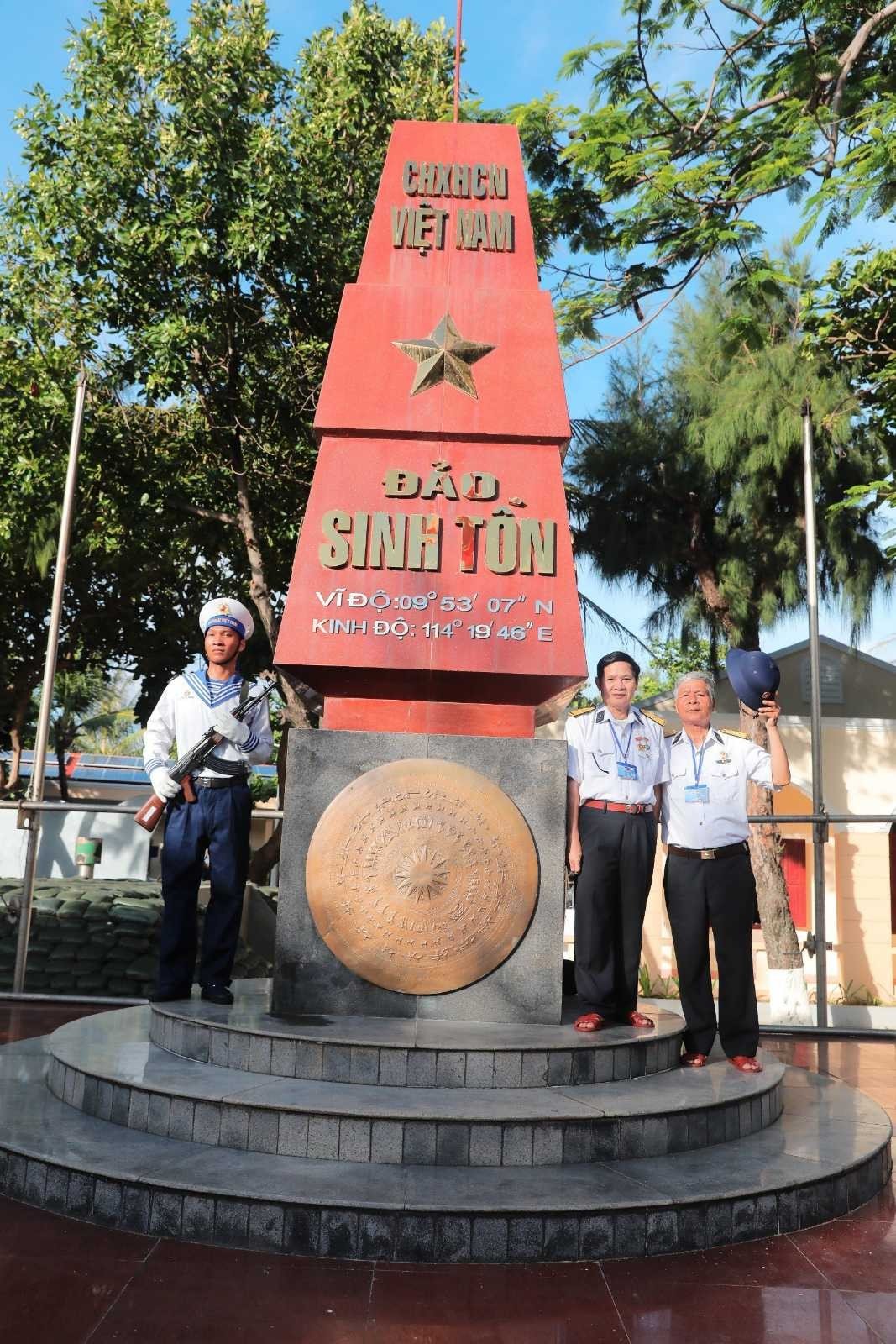 |
| Former water commando Tran Van Lien and Khong Duy Dinh take a souvenir photo at Sinh Ton Island. (Photo: Nguyen Tan Tuan) |
During the first days on the ship, when I had not yet been “knocked out” by the feeling of seasickness, I noticed two elderly delegates who always walked together, happily chatting and I guessed that they knew each other before. Indeed, later, when I set foot on Song Tu Tay Island and was officially introduced, I realized how lucky I was to visit Truong Sa archipelago on the same trip as these two veterans. They were not only the soldiers who had heroically protected the island in the past, but also the water commandos who “swam like dolphins, dived like otters”...
Slow motion footage
Just like on the mainland, the island has residents, children, pagodas, schools, and hospitals. If we don’t take into account the arduous journey to the island, life here is similar to that on the mainland, except that there are fewer people or the scale is smaller. While visiting, our group stopped to chat with a group of children, the children of the military and civilians on the island. It was “revealed” that there were two former water commandos, two boys named Bac and Long (students of Song Tu Tay Primary School) who cheered and insisted on asking the two men to tell us stories about their past fighting on the island.
So, under the cool shade of the maple tree, in the flowering season, we went back in time with two veterans to those heroic and tragic days. Mr. Lien said: “At that time, our Navy Special Forces Group 126 overcame the dense siege and blockade of the modern Navy of the US - Puppet, relied on the people, penetrated deep into the ports, used small, elite units, used powerful weapons, fought hard, fought dangerously. During seven years of fighting on the Cua Viet - Dong Ha battlefield, the Navy Special Forces fought over 300 battles, sank and severely damaged 336 combat boats, destroyed many war vehicles, and annihilated many enemy forces.
Contributing with forces across the Southern battlefield to sink and damage 7,473 ships, collapse hundreds of bridges, ports, kill thousands of enemy soldiers, destroy tens of thousands of tons of weapons, ammunition, and materials serving the enemy's war, together with the Southern army and people to defeat the American invaders...", Mr. Lien's voice was as steady as living history pages.
“During the General Offensive and Uprising in the Spring of 1975, which culminated in the historic Ho Chi Minh Campaign, the Vietnam People's Navy coordinated operations and fought at sea, especially promptly coordinating with a part of the 5th Military Region's troops to quickly, boldly, secretly, and proactively liberate five islands of the Truong Sa archipelago, contributing to the complete and great victory of the nation. That was on April 11, 1975, our forces secretly departed from Da Nang and chose Song Tu Tay Island as the first island to occupy. On April 14, Song Tu Tay Island was liberated. On April 25, we completely liberated Son Ca Island. On April 27, we took control of Nam Yet Island. On April 28, we completely took control of Sinh Ton Island. On April 29, the Vietnam People's Army, including the C75 Group consisting of forces from the 126th Special Forces Regiment, the 471st Water Special Forces Battalion and Battalion 4, including Uncle Khong Van Dinh here, completely controlled the Truong Sa archipelago. Specifically, do you want to hear how Uncle Dinh and his friends secretly landed in Truong Sa?
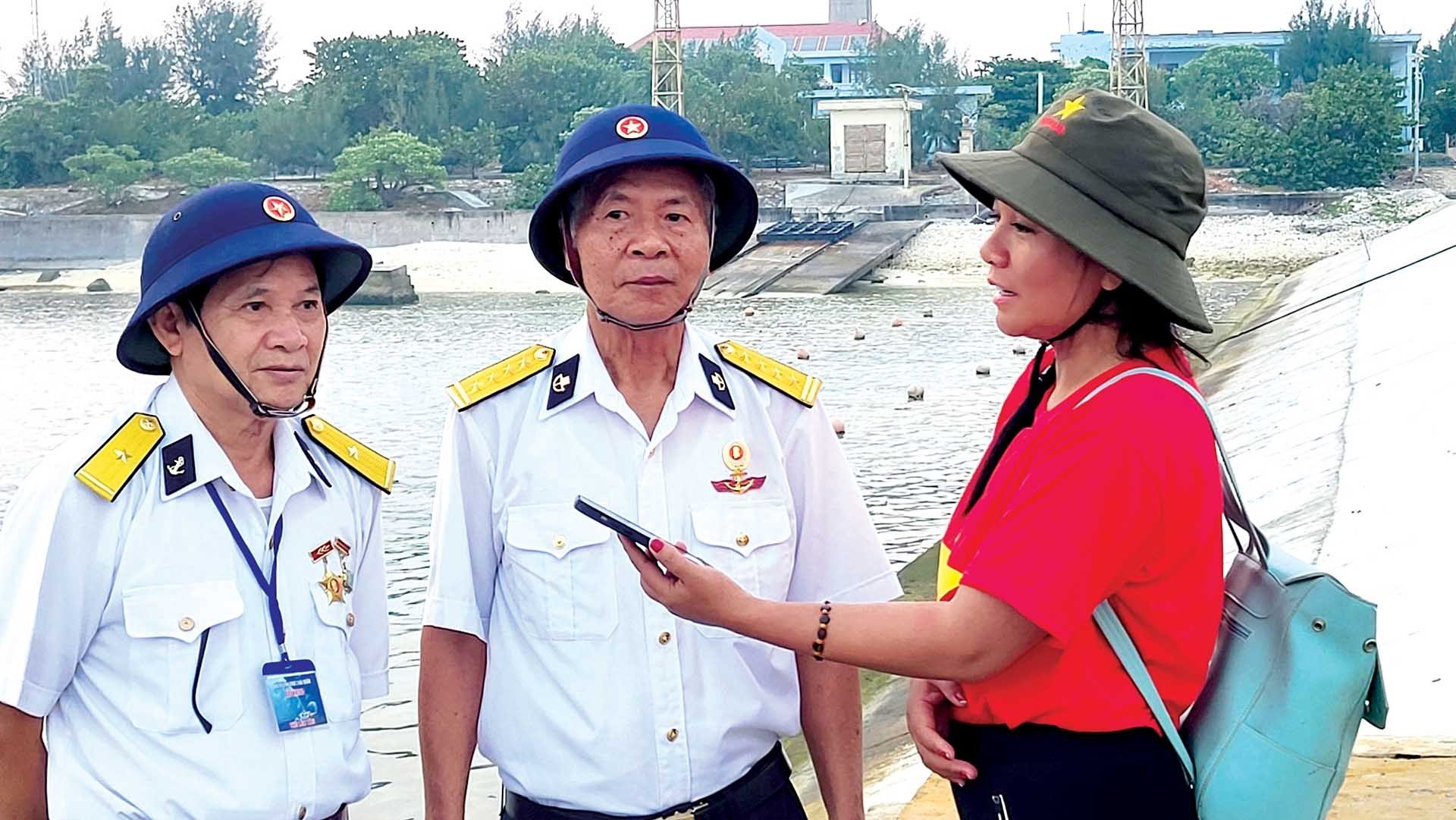 |
| Former water commandos Tran Van Lien and Khong Duy Dinh were interviewed by TG&VN at Song Tu Tay Island, Truong Sa archipelago. (Photo: Nguyen Thi Hai Van) |
Immediately, all eyes turned to former special forces soldier Khong Duy Dinh. Mr. Dinh smiled gently and began to tell: “At 7 pm on April 11, 1974, we boarded a small fishing boat as a decoy. At that time, the enemy ship was patrolling the sea, with nets all over the ship. We each carried a basket and lay down in the hold. The ship drifted around for about a week before reaching the island. Looking through binoculars, we saw the island dimly. We got into a rubber boat and quietly went ashore in the dark, waiting for the order to attack the island. Being attacked by surprise, the soldiers on the island fought back weakly and then surrendered. We suffered no casualties, only a few people were slightly injured. It was a light battle! After that, we occupied the entire Son Ca island. It was not until two days later that we saw foreign ships lurking outside, but we raised the flag to assert our sovereignty.”
Hard work makes perfect
In the windy sun of Truong Sa, the two soldiers from the past sometimes talked with the children, sometimes confided in the soldiers standing guard at the end of the island. I went to Mr. Lien and said jokingly: "You walk so well, I can't keep up."
He shared: “Being healthy is thanks to the training process when I was a water commando. In the past, training was very difficult. Normal soldiers only had 3-4 months, but water commando had to spend 10 months to a year. A company (about 50-100 people) could only select about 10 people to do the task of attacking bridges and ships. Choosing water commando can be said to be second only to commando on unnumbered ships. Saying that is not to compare between military branches, but to visualize that training and training a real water commando to fight the enemy is not simple.”
For example, during training, soldiers must swim 30 km (swimming in rushing water). Swimming in the sea, taking advantage of the waves and wind to push and swim from one island to another; if swimming in the river, it is about 10 km, which means swimming in standing water (no buoyancy). If training in Cat Hai, it is usually swimming from Cat Hai to Hon Dau or from Cat Hai to Do Son or from Cat Hai to buoy number 0... Must practice hard to succeed!.
Mr. Dinh added: “In winter, the weather in the North is as cold as 5oC; to train our physical strength, we were called up in the middle of the night, sat outside the well, wearing only underwear, then someone would scoop up a bucket of water, let it drip from above our heads, one by one, when the water was gone, we could go in”. Mr. Lien added: “Even more important was training our spirit, camaraderie, and readiness to sacrifice ourselves, to give our lives to our teammates”.
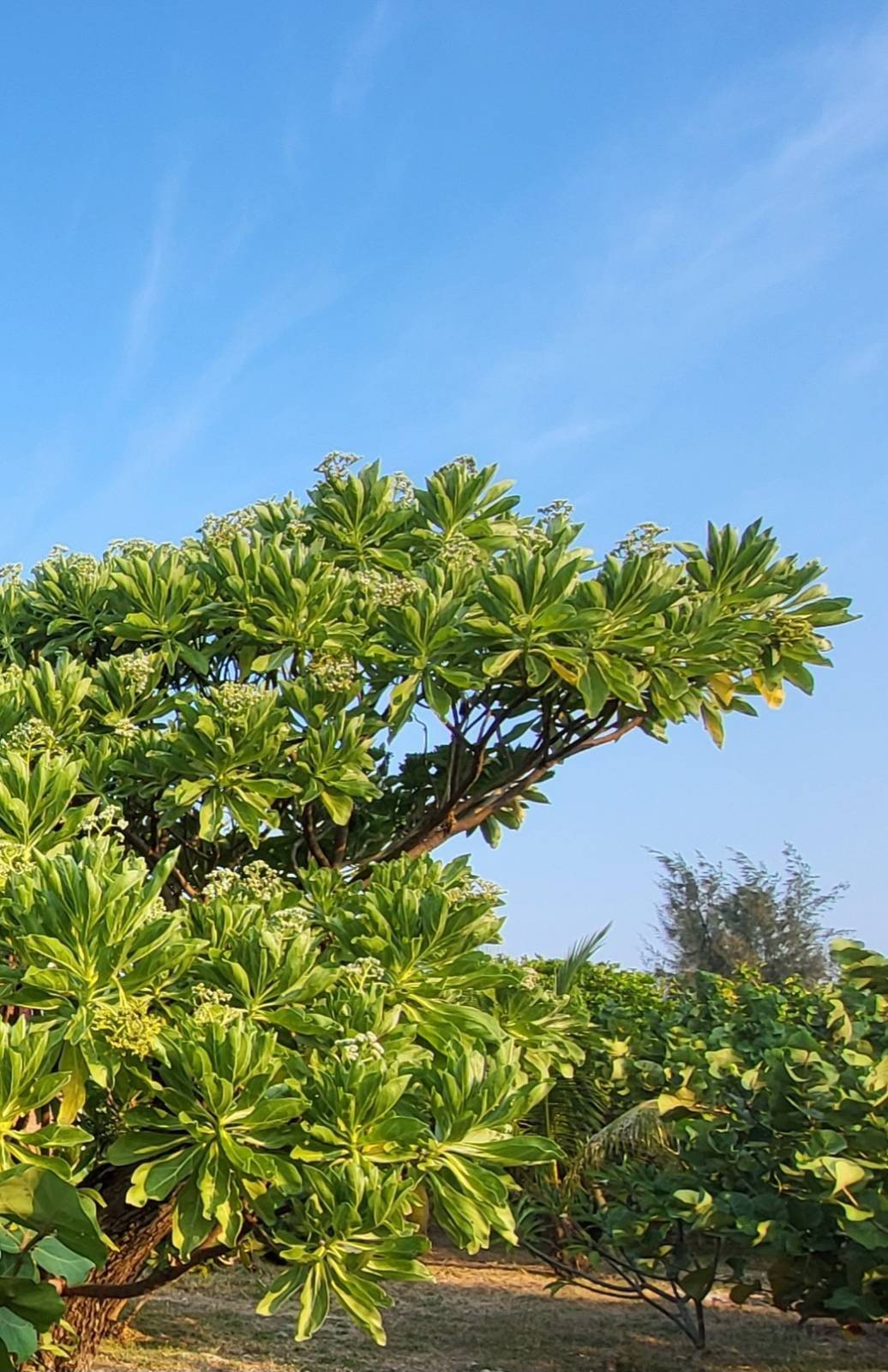 |
| A blooming Sapele tree stretches against the blue sky at Song Tu Tay Island, Truong Sa archipelago. (Photo: Minh Hoa) |
Sacrifice each other
With a sob, Mr. Lien recalled: “I am alive today thanks to my teammate, Mr. Hoang Cao Bien, from Thai Binh, in the battle of Thuy Tu bridge. Mr. Bien and I won all the battles. When it came to the battle of Thuy Tu bridge, something happened.”
“The explosive block usually has two fuses. We were close to the bridge but for some reason the timed fuse did not work. As the team leader, I signaled to pull the fuse immediately, but Bien signaled to me that I was the team leader and had to go back and report to the battalion. At that time, we were underwater, there was no room for argument, and the enemy was on the shore. I dived out of the foot of the bridge, and Bien immediately pulled the pin. He gave me the chance to live and took the sacrifice for himself,” he said.
“In reality, during fierce battles, many unexpected situations occurred. The martyrs Tien Loi and Anh Xuan were discovered by the enemy when they approached the foot of the bridge. Anh Xuan had to immediately pull the detonator, destroying the bridge. Both of them died. At that time, we were very brave, crossing to Son Tra with explosives to attack ships and some roasted rice. If the opportunity did not come, we would lie there for 5-7 days, nibbling on roasted rice to sustain ourselves. When we had sunk the ship, we would return,” Mr. Lien recalled.
The ship’s whistle sounded loudly, signaling that it was time to return to the ship. We said goodbye to Song Tu Tay and headed to Da Thi submerged island. The afternoon sea was deep blue and windy. I was silent as I watched two old friends arm in arm on this memorable journey.
I thought of what Mr. Lien shared: “I hope to have more health to participate in the trips, not only to find comrades who have sacrificed but also comrades who are still alive. Going to Truong Sa, seeing my children and grandchildren always holding their guns firmly, protecting the Fatherland, I am very proud. I hope that today's and future generations will always share the same will to protect the homeland's sea and islands, every inch of land that our ancestors shed blood to protect must not be lost.”
----------------------------
Final episode: Rescue at sea, a peacetime mission
Source: https://baoquocte.vn/truong-sa-trong-toi-tu-hao-dac-cong-nuoc-truong-sa-ky-ii-270802.html




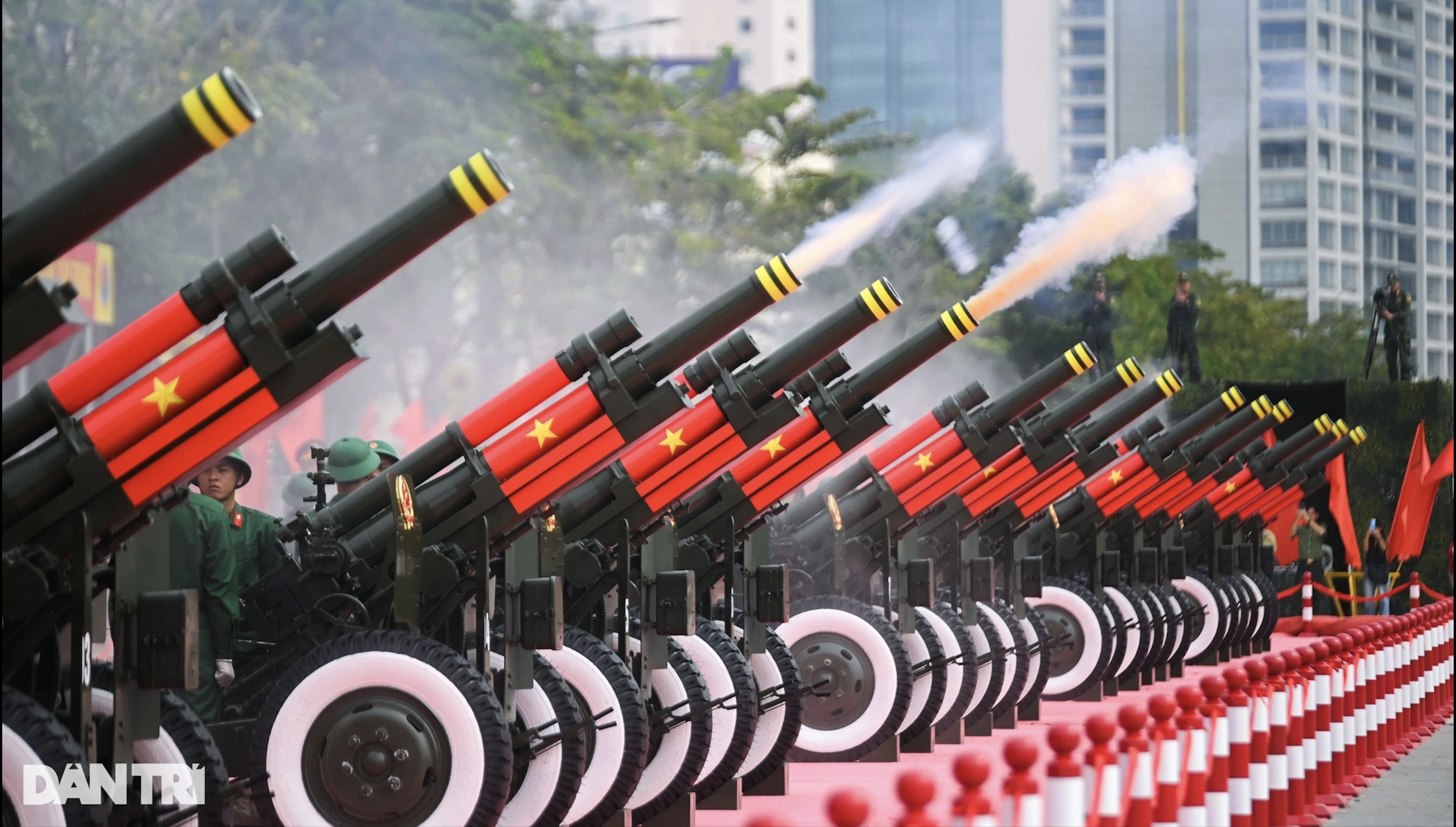
![[Photo] Visiting Cu Chi Tunnels - a heroic underground feat](https://vstatic.vietnam.vn/vietnam/resource/IMAGE/2025/4/8/06cb489403514b878768dd7262daba0b)
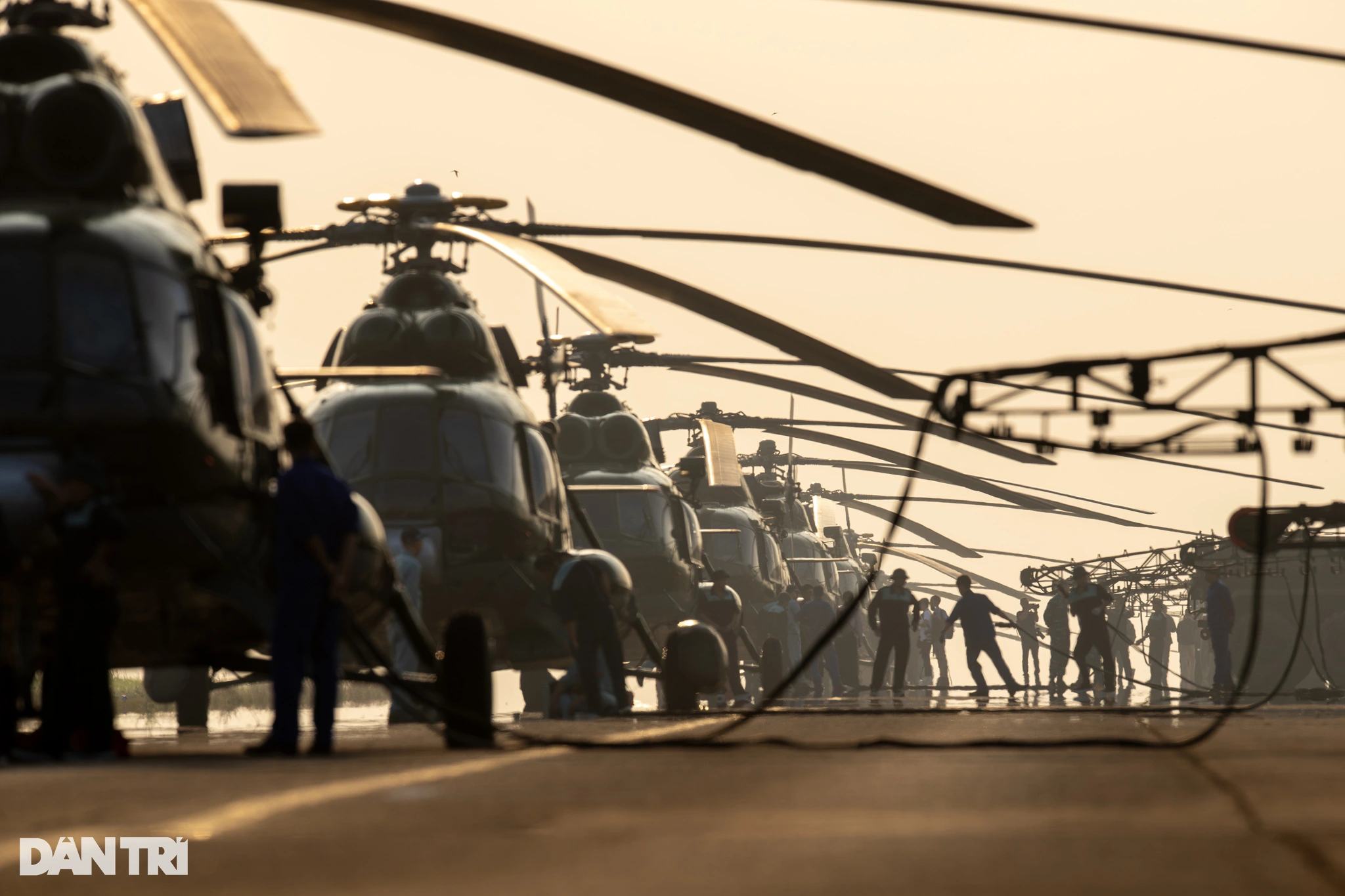
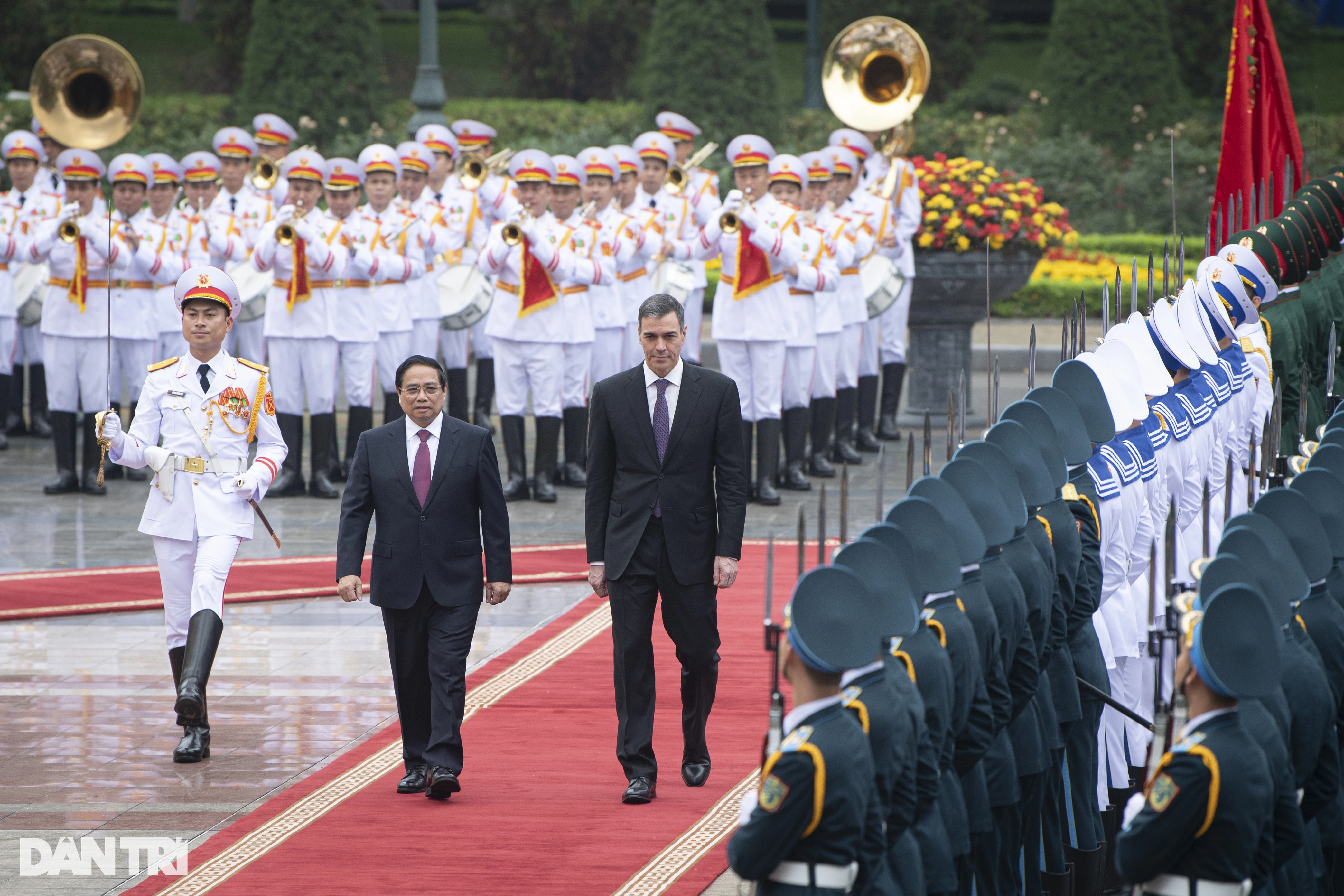


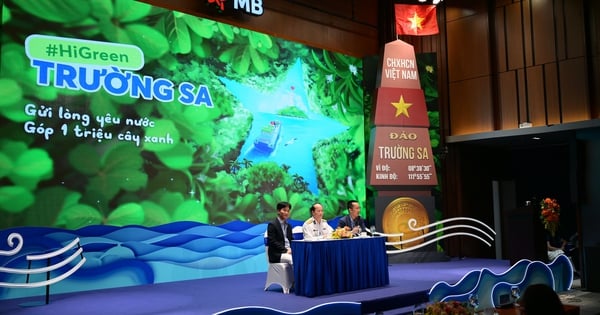




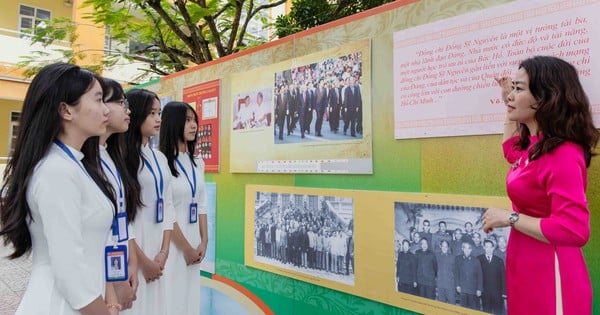



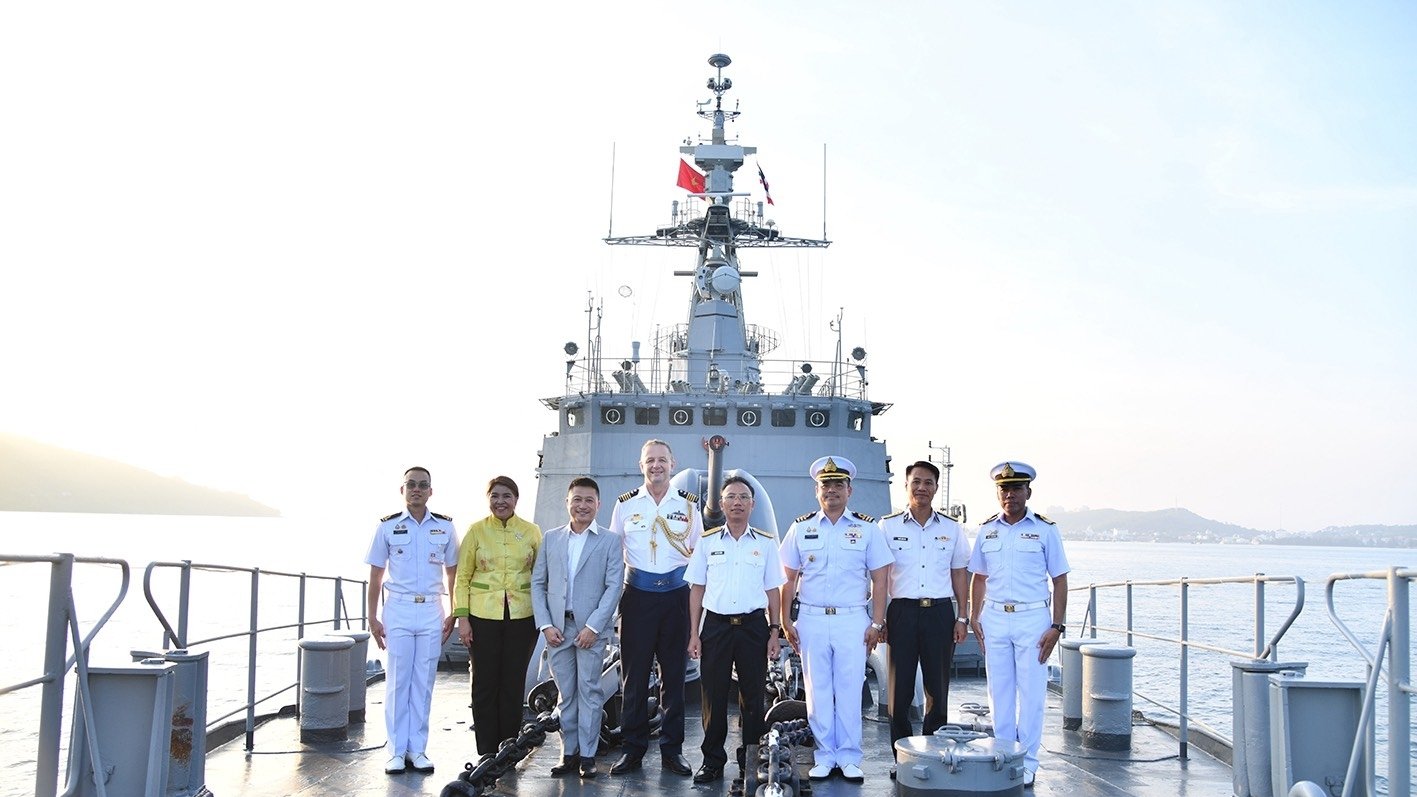
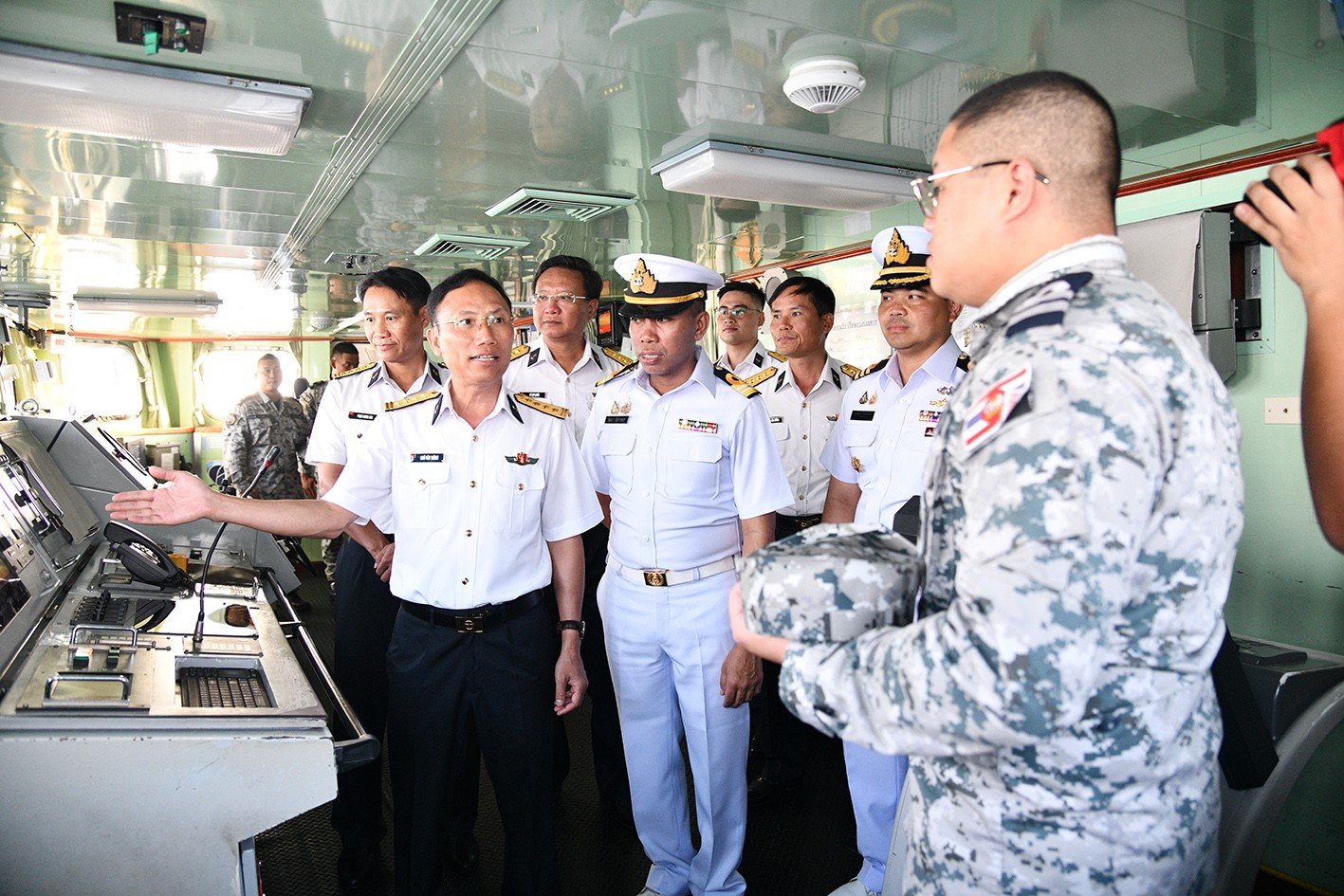
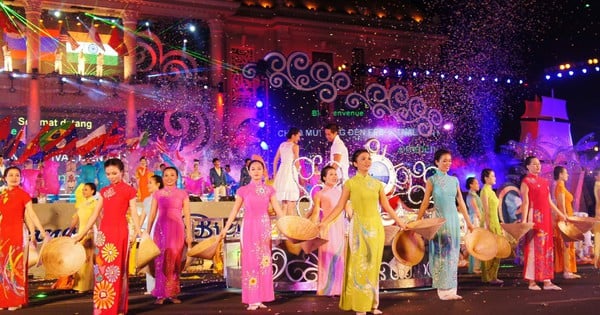
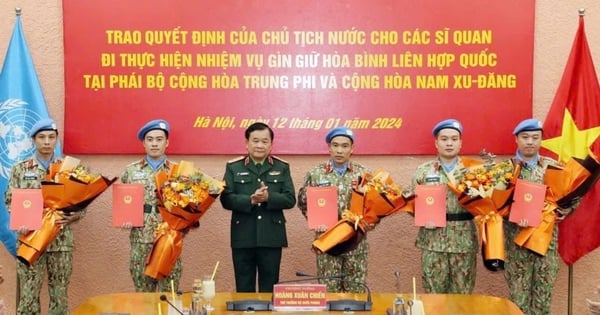
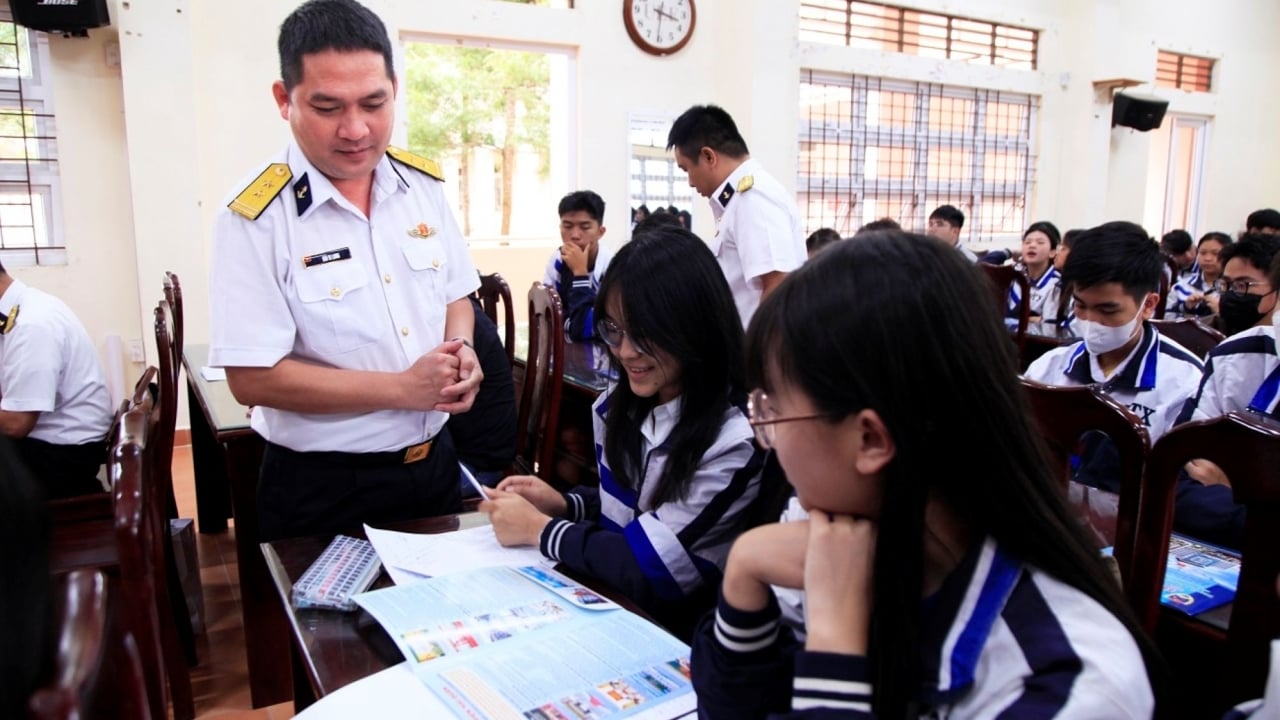
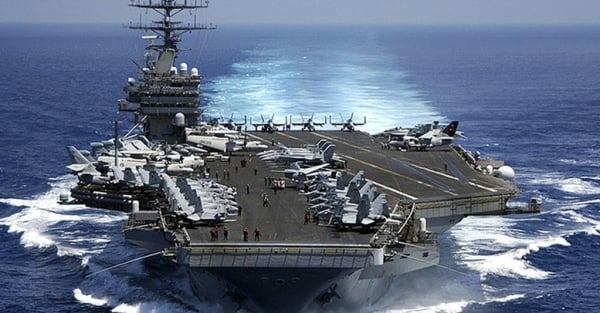

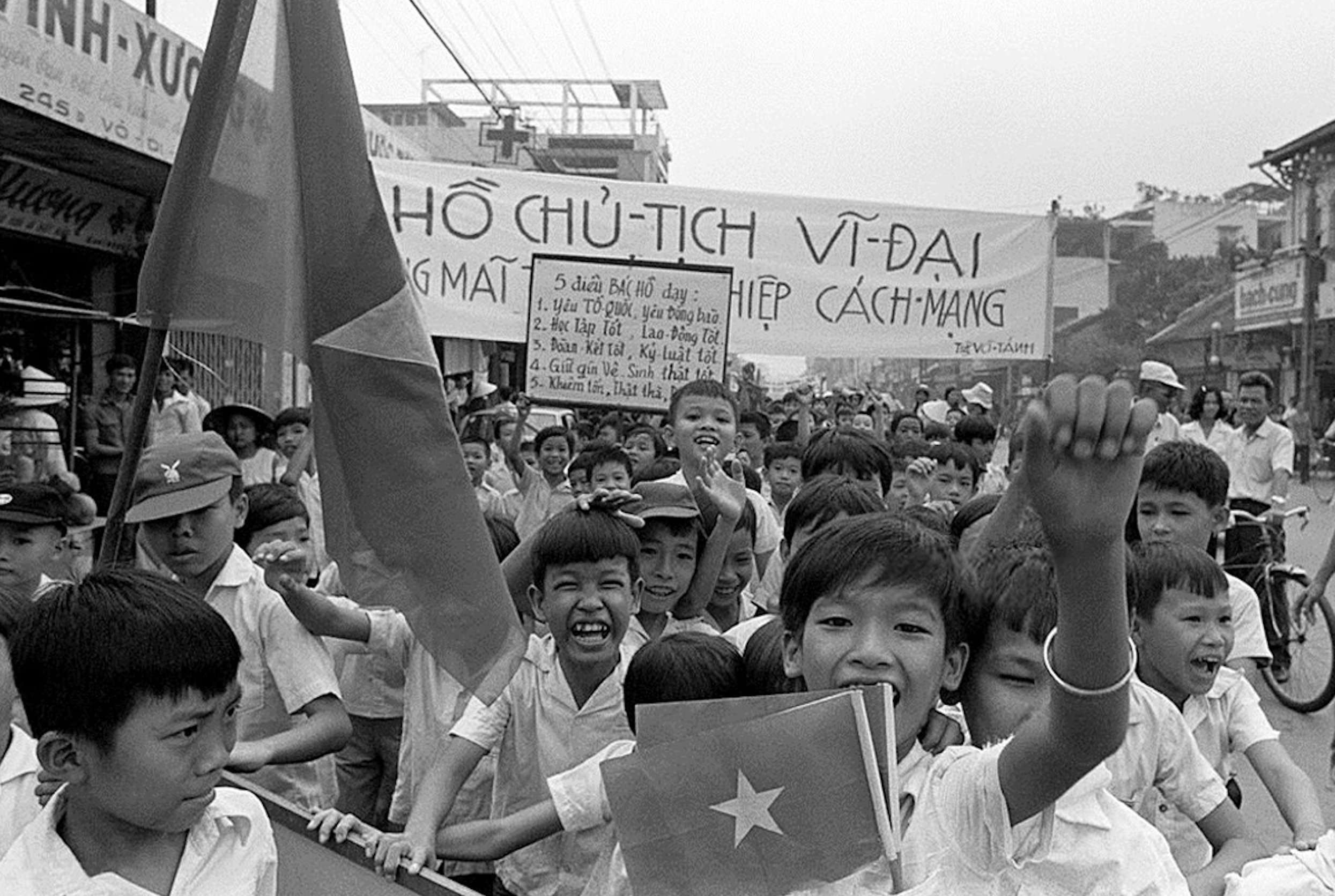
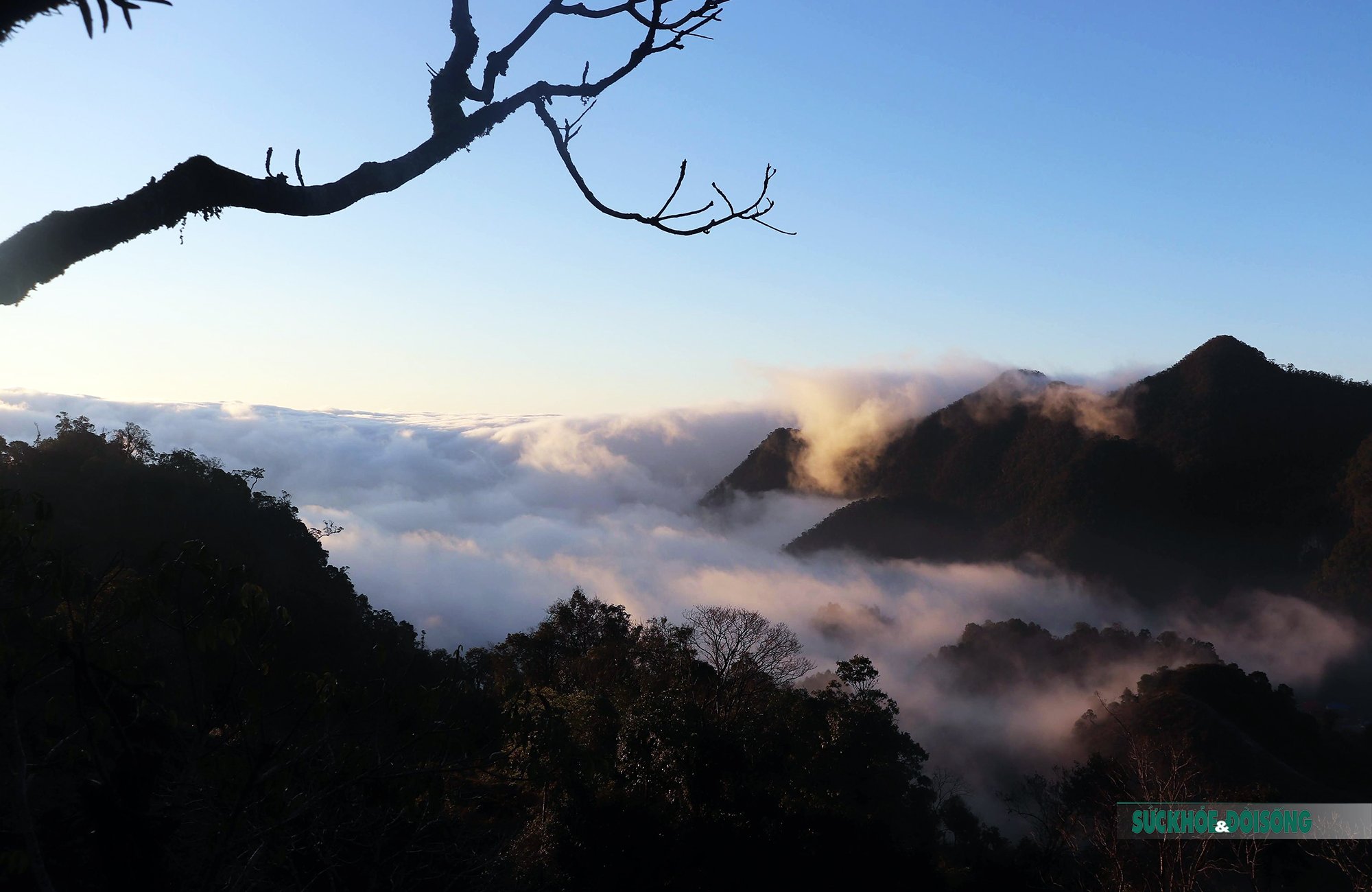
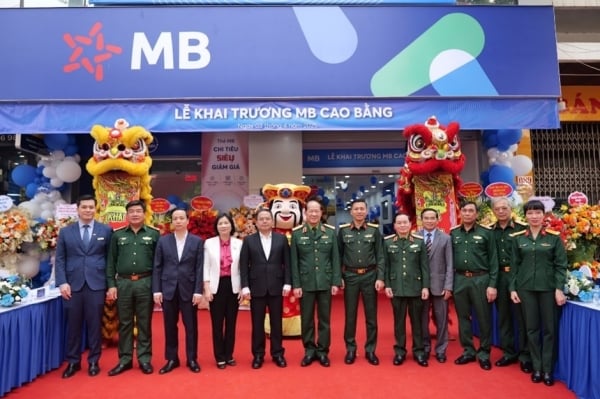


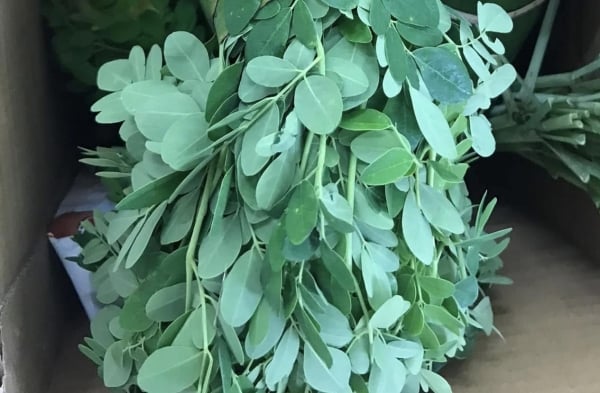

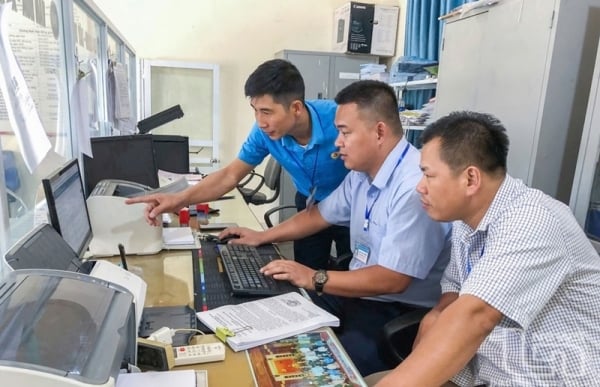
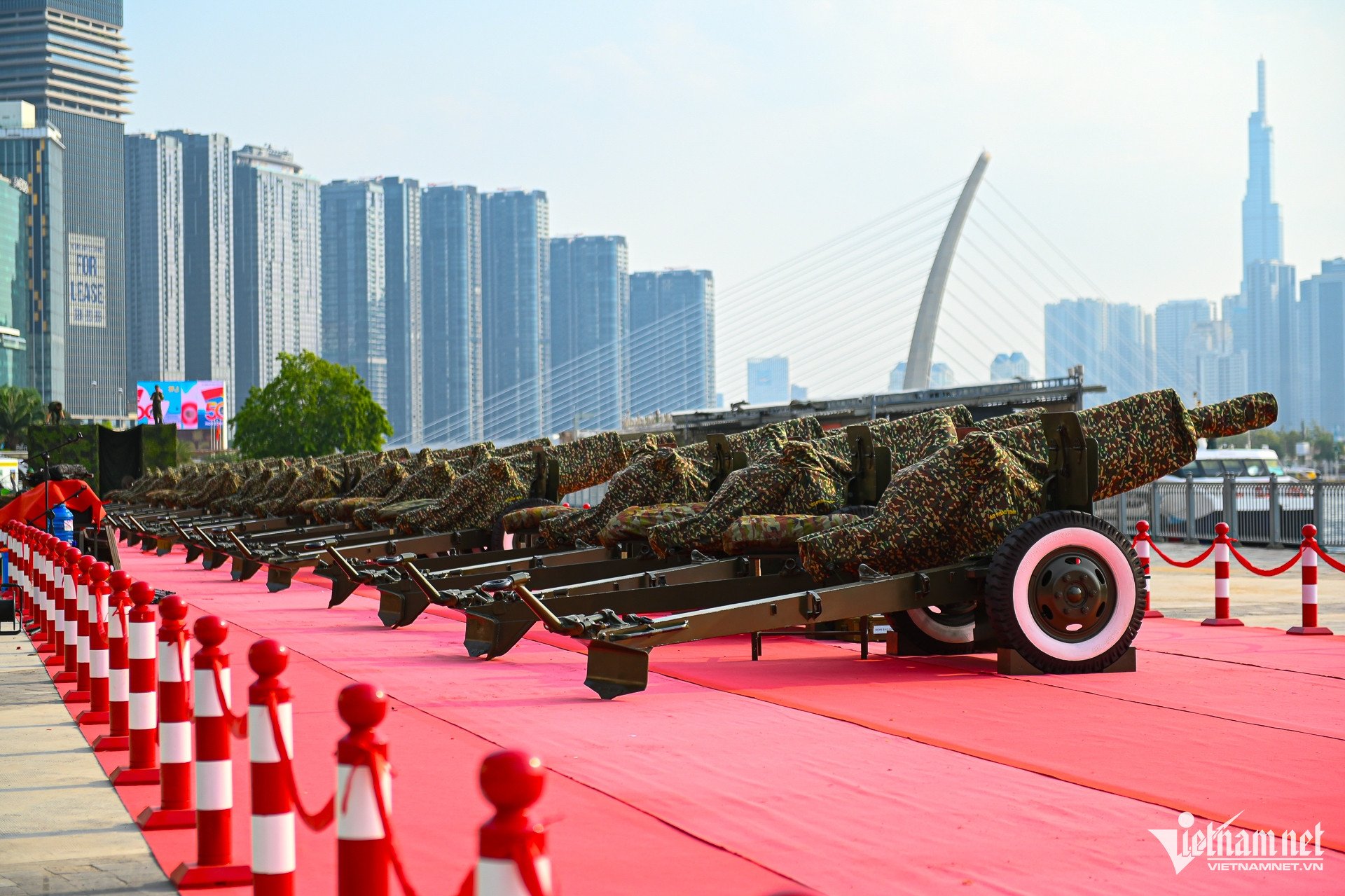
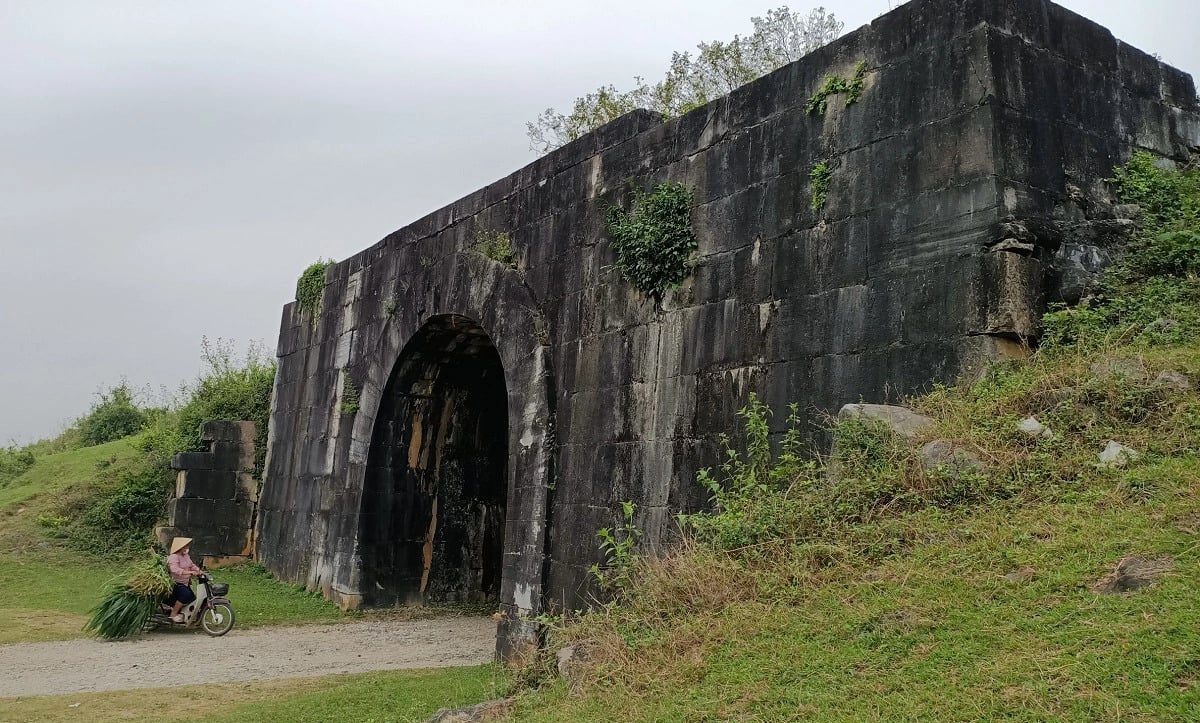

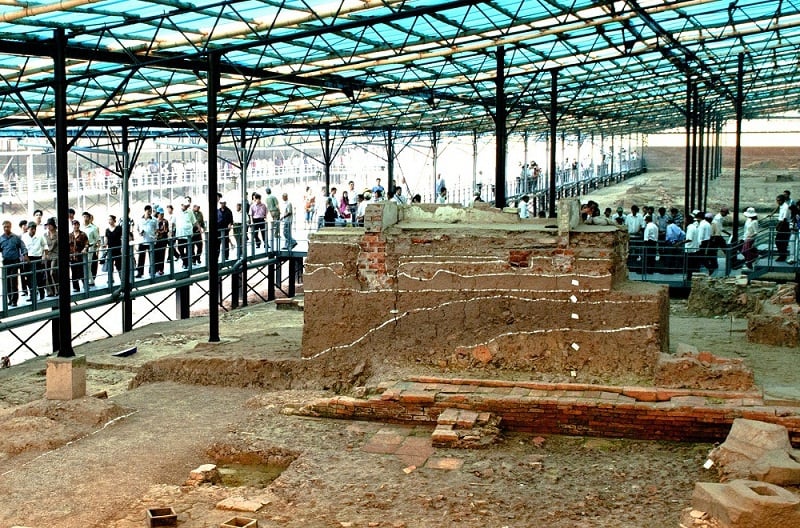

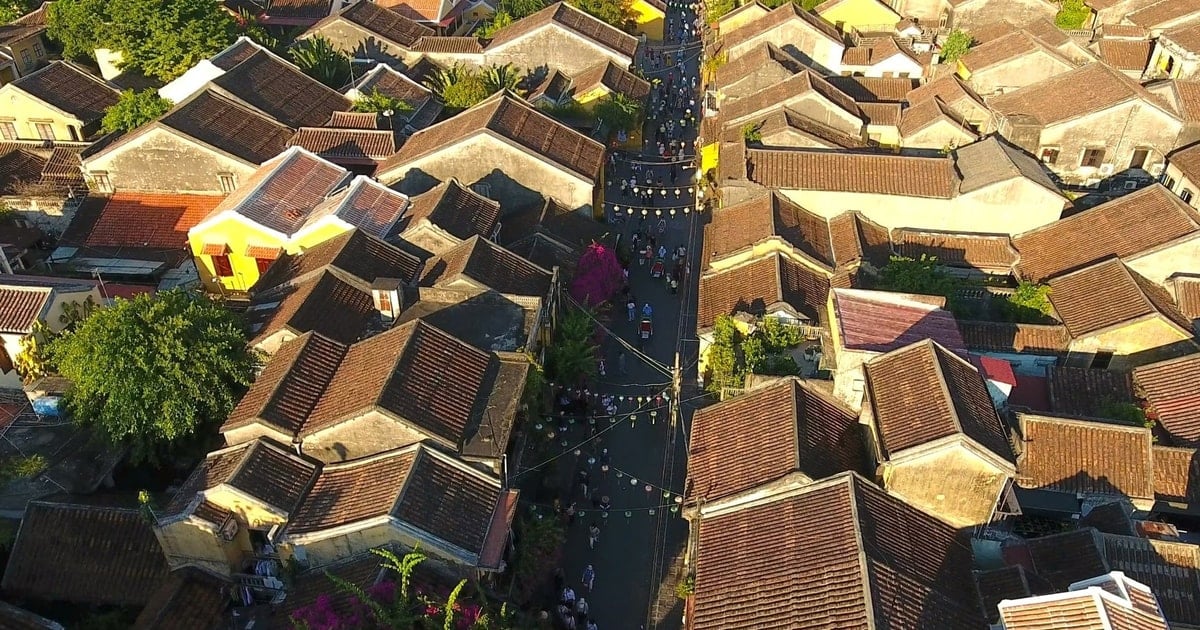
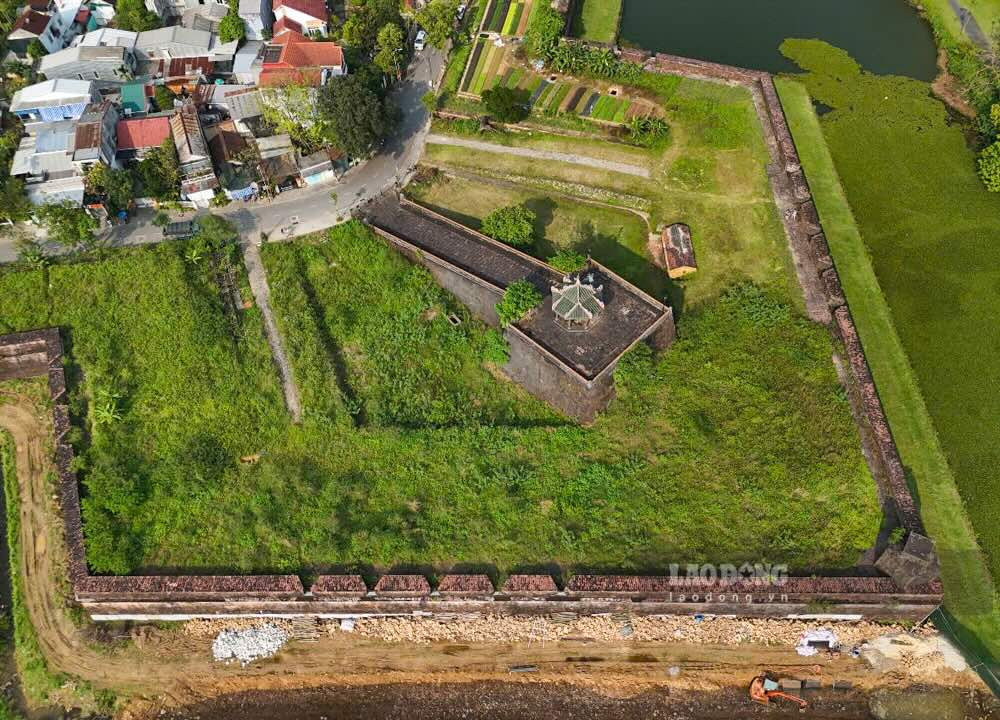

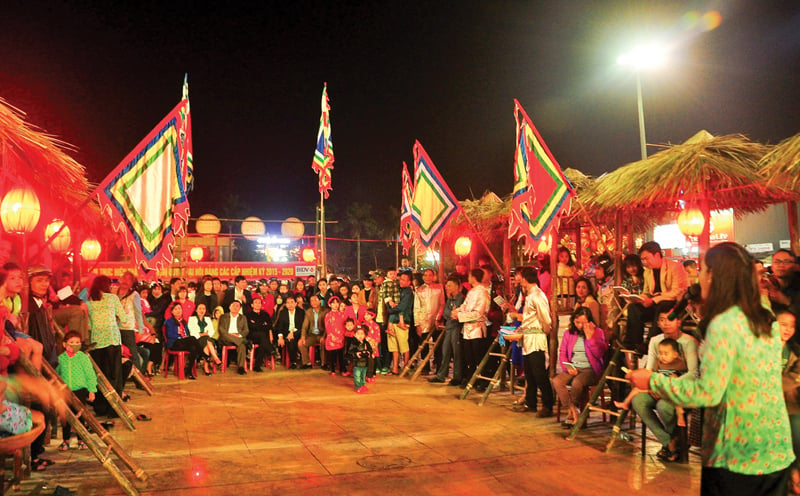

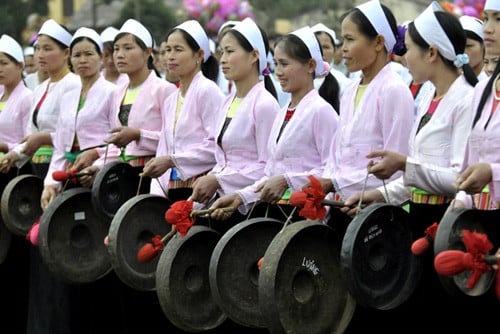



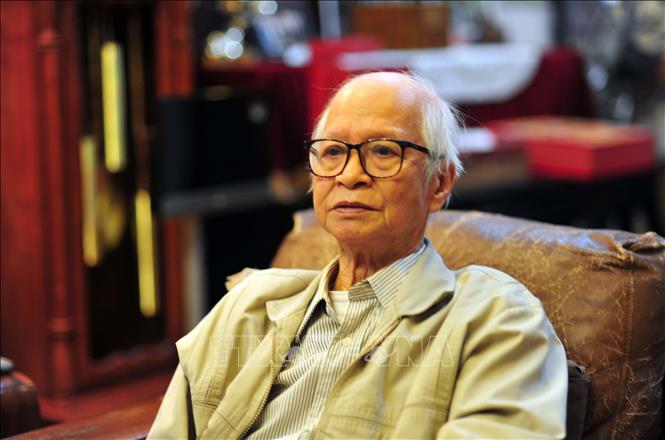

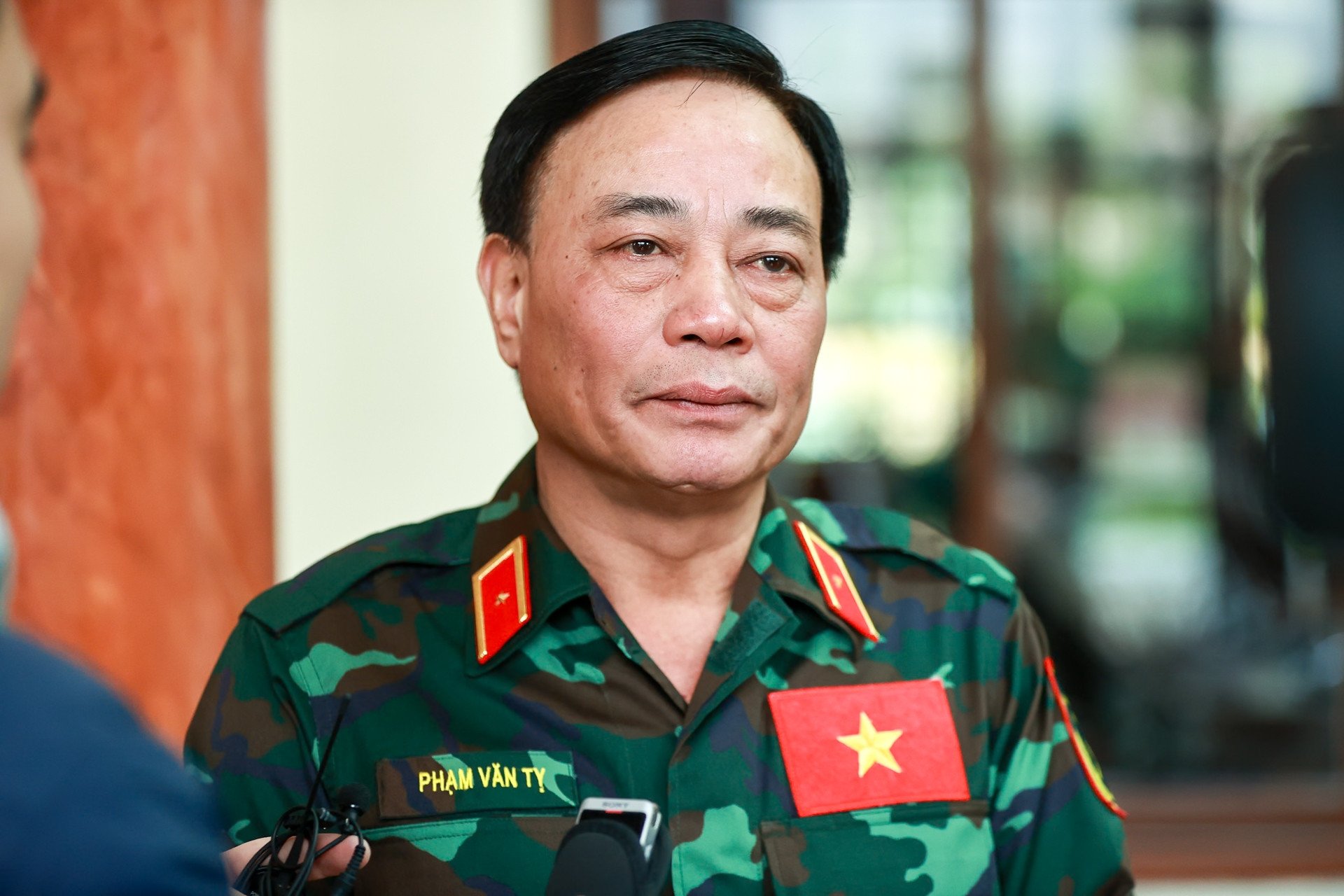

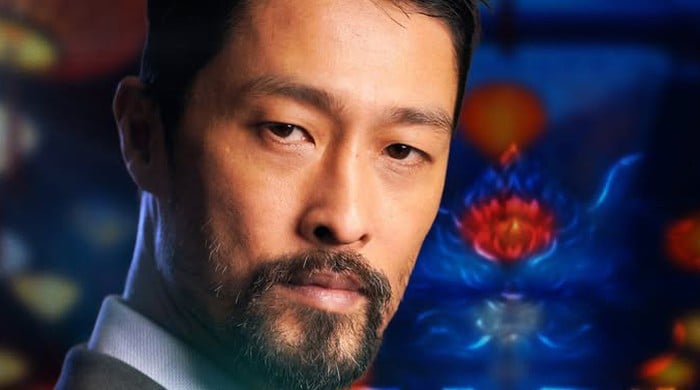
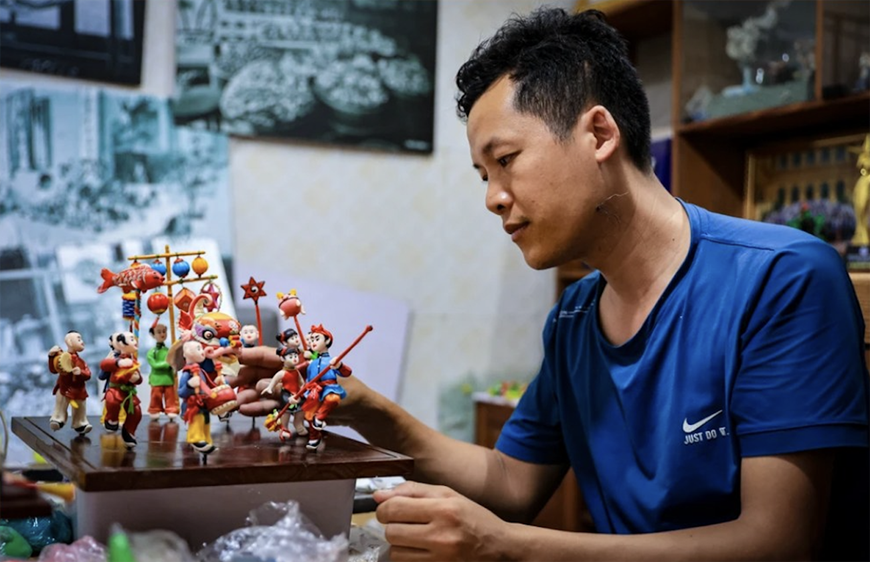

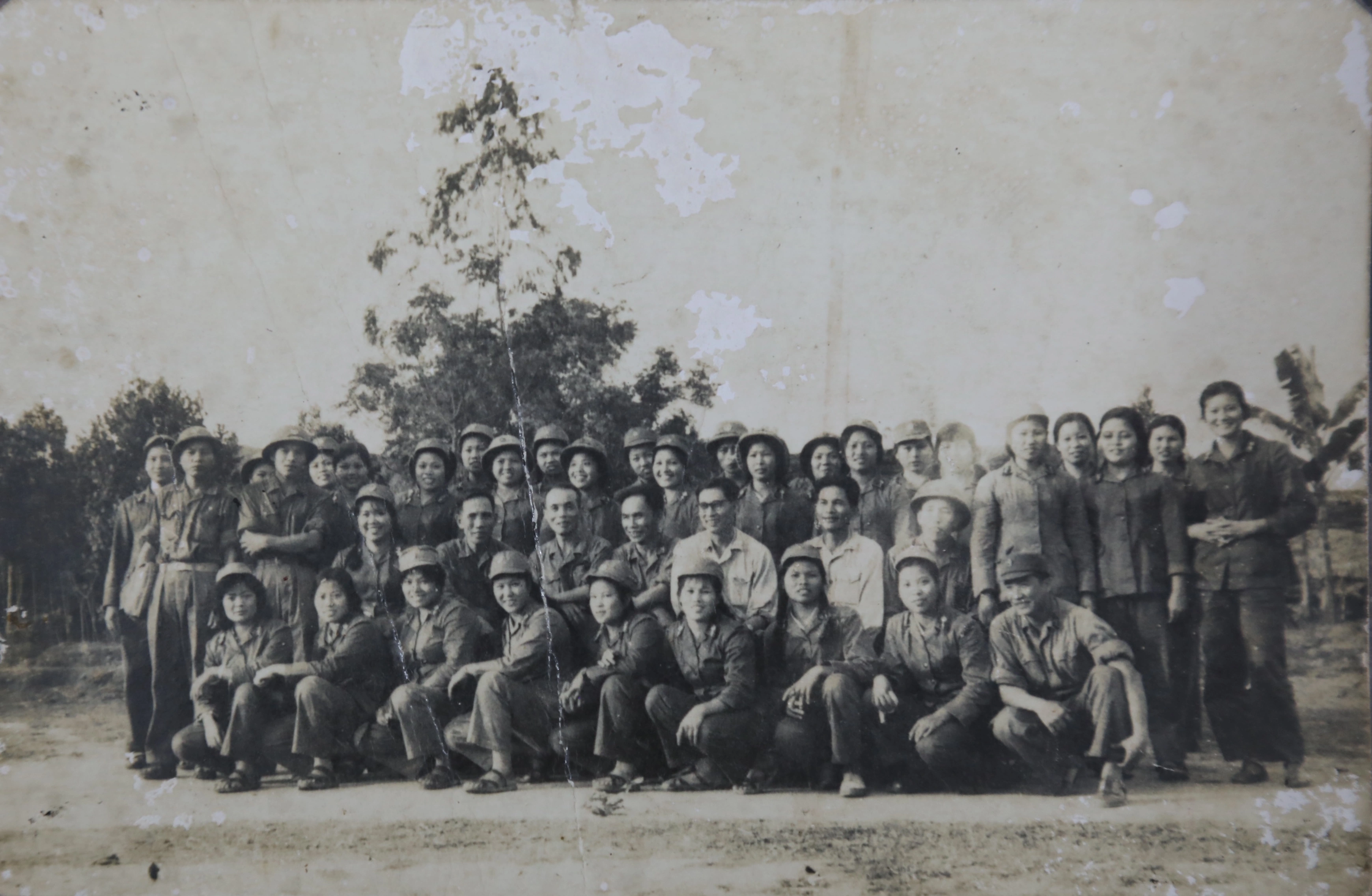






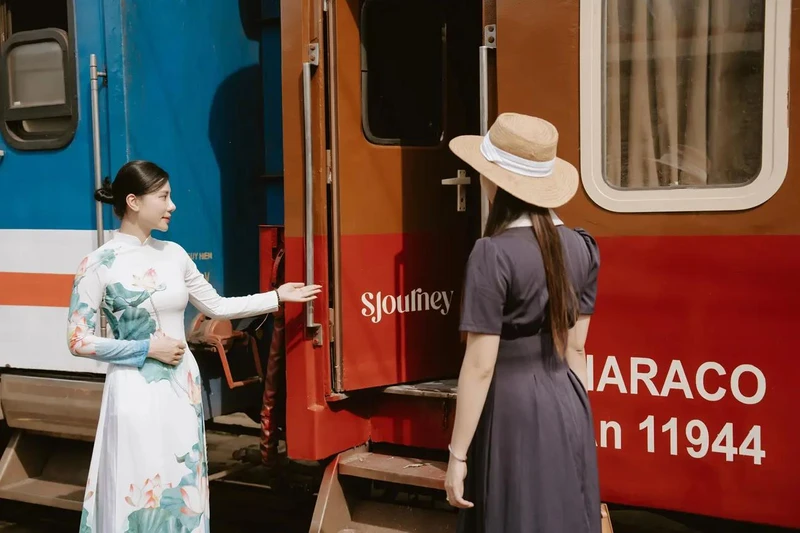

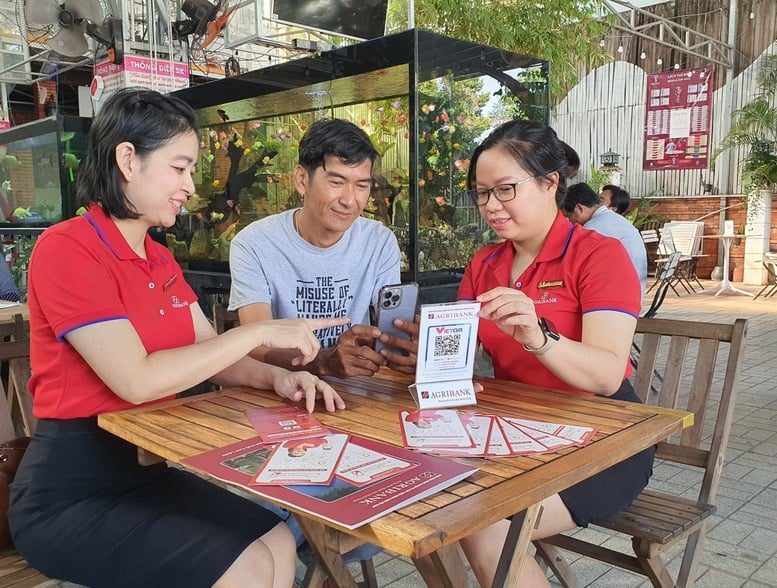




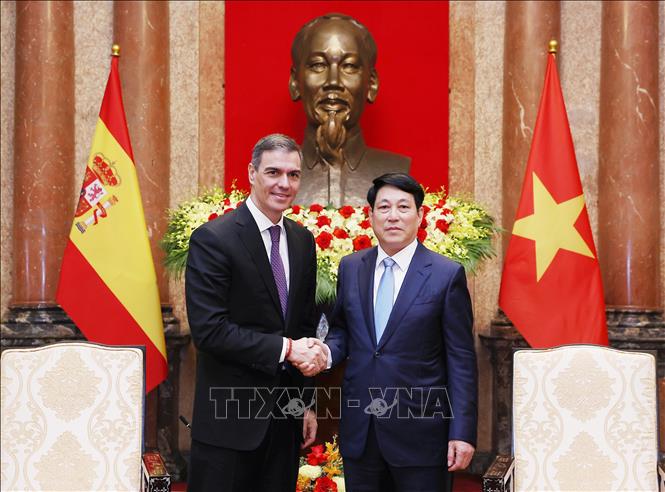








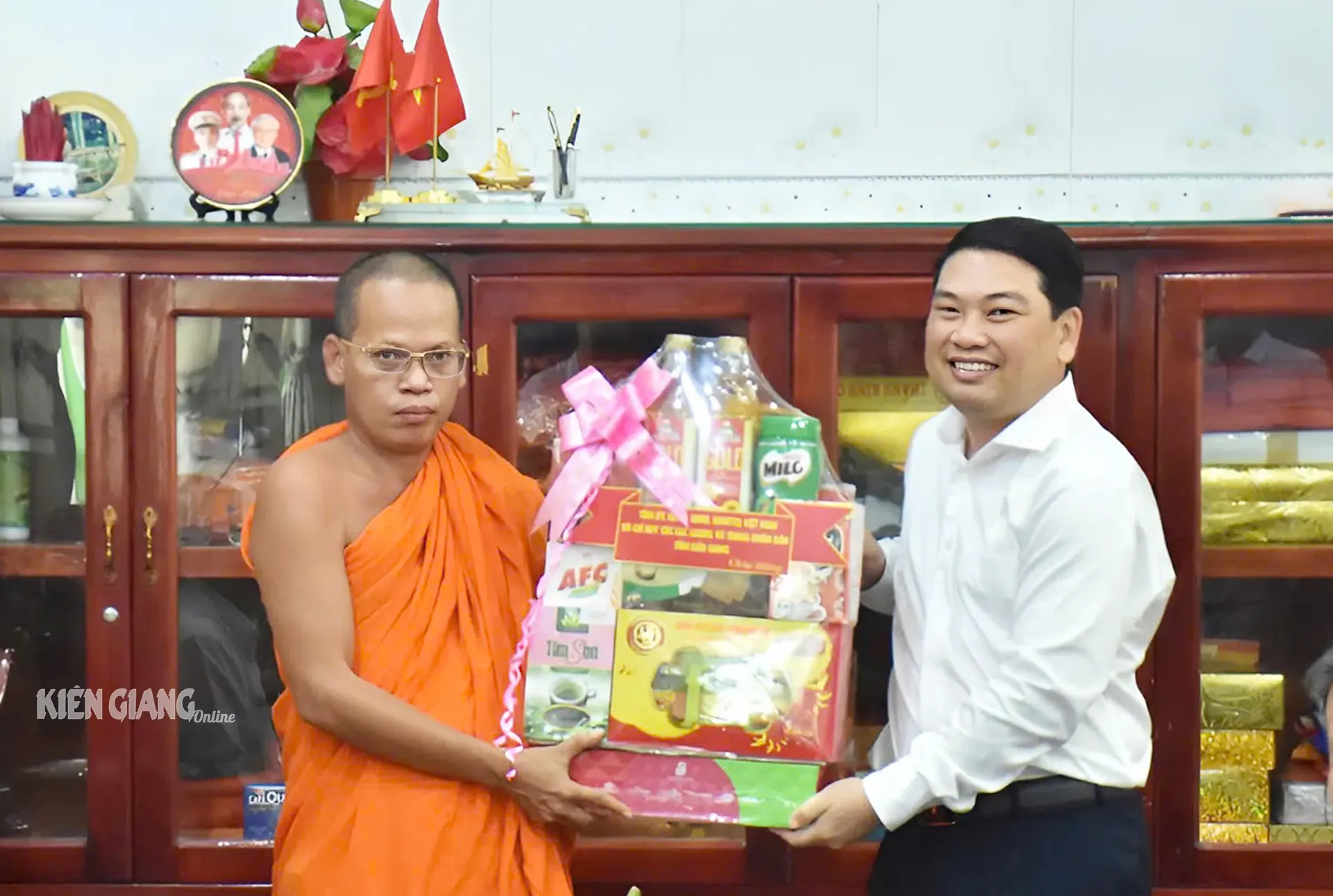

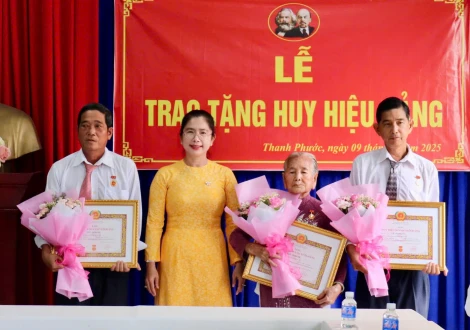
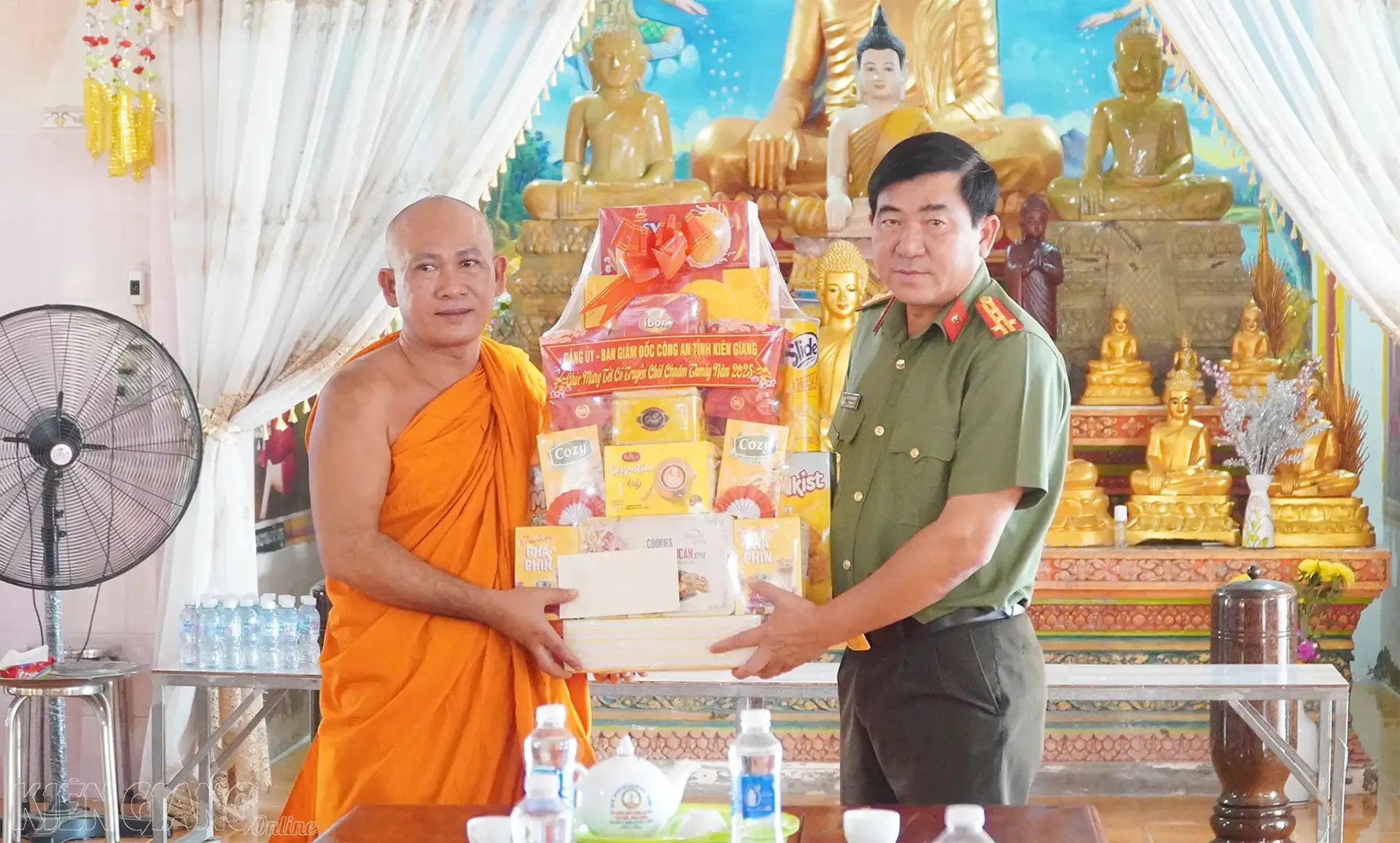

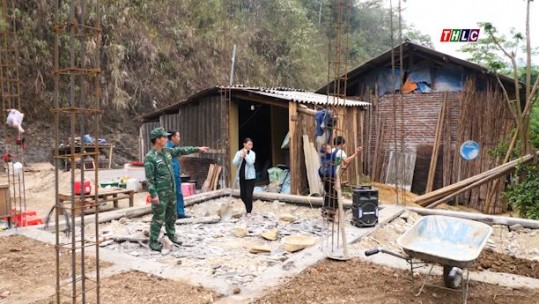
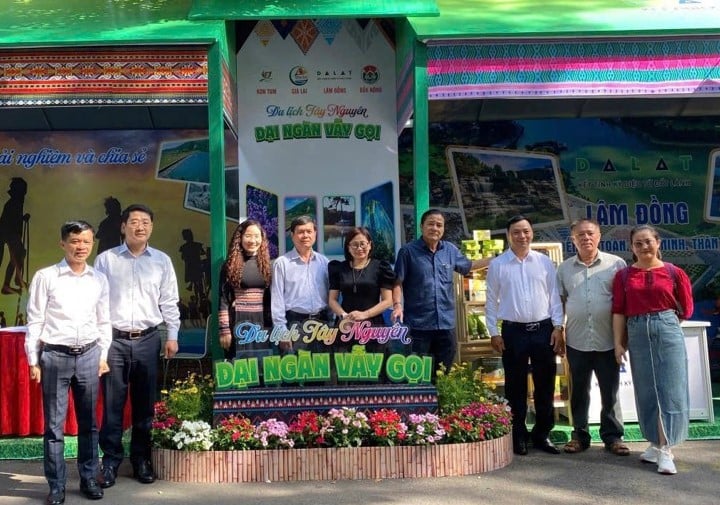

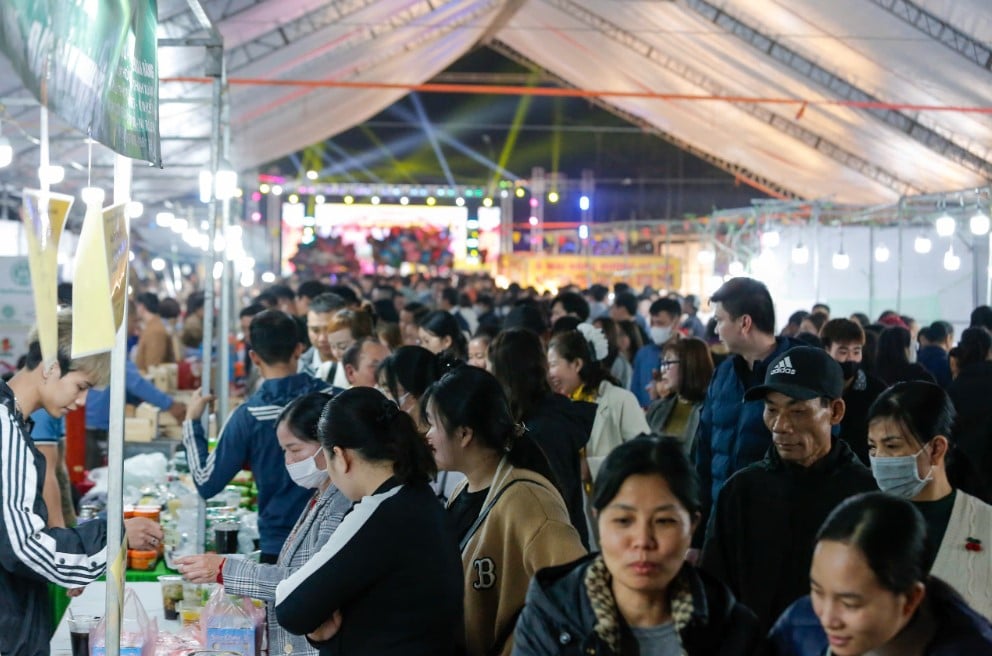
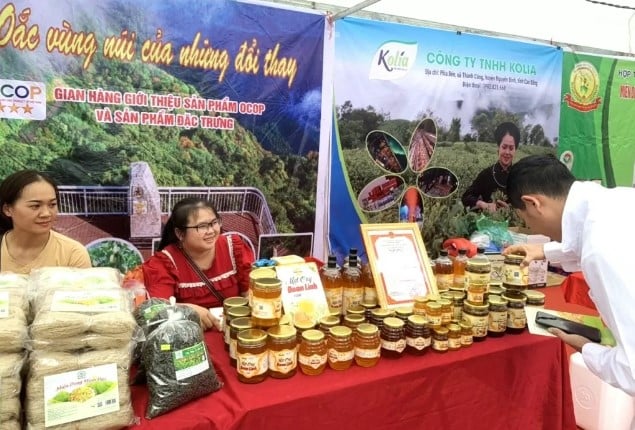

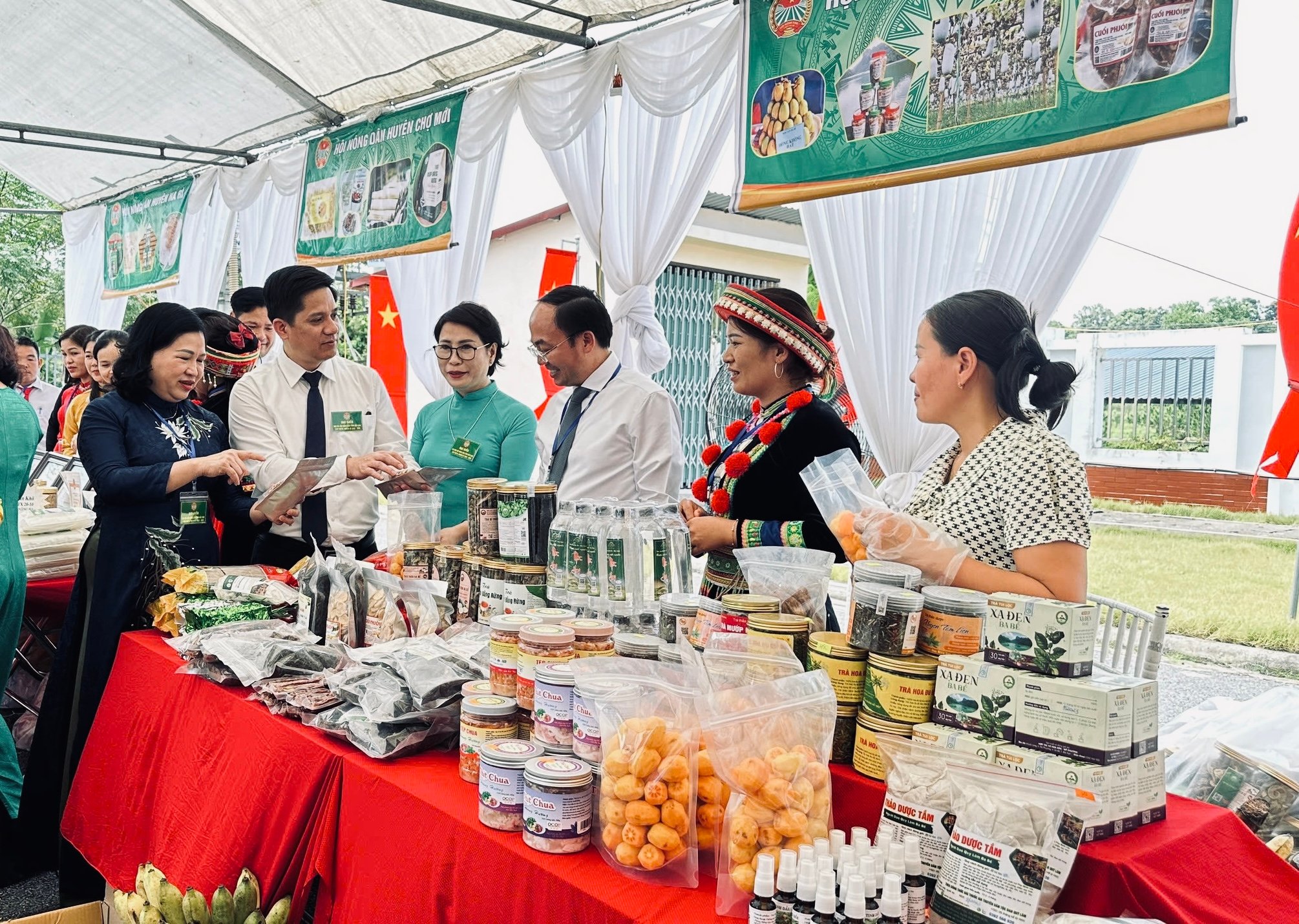


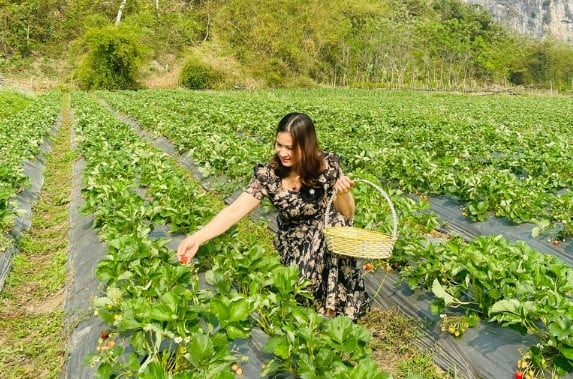

Comment (0)